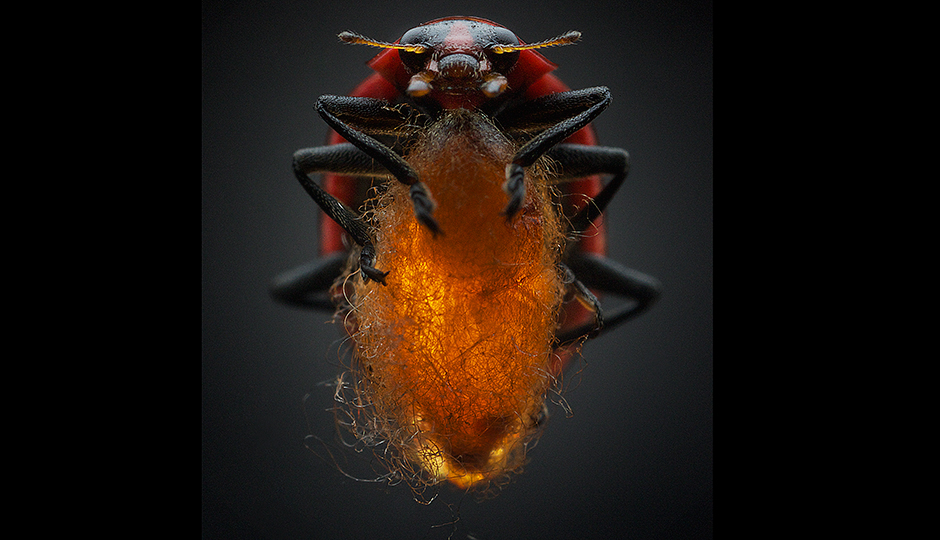The small wasp Dinocampus coccinellae is a real profiteer! To ensure the survival of its young, it forces a ladybug to become a surrogate mother to its egg, and then the bodyguard of its offspring's cocoon.
Fortunately, the ladybug is generally released unscathed and can continue to fulfill its role as a biological weapon by eating aphids harmful to crops, observes Jacques Brodeur, a researcher in the biological control laboratory at the Université de Montréal Plant Biology Research Institute. Brodeur is the first scientist to document this type of parasitic relationship, in collaboration with Frédéric Thomas, director of research at the French Centre National de la Recherche Scientifique (CNRS), and Université de Montréal student Fanny Maure.
When a female D. coccinellae wasp is ready to reproduce, she lays an egg in the abdomen of a spotted lady beetle.
When a female D. coccinellae wasp is ready to reproduce, she lays an egg in the abdomen of a spotted lady beetle and takes control of the host by injecting it with a paralyzing virus. Three weeks later, the wasp larva squirms out of the ladybug's abdomen and spins a cocoon between the ladybug's legs. The ladybug, partially paralyzed, is then forced to stand guard over the cocoon until the new adult wasp emerges from the cocoon and flies away.
This manipulative relationship does, however, have a compassionate side: rather than destroying its surrogate mother, the wasp liberates her after reaching maturity. Once liberated, the ladybug can continue to move, feed and reproduce, which is quite rare among parasitic relationships. This fascinating story earned the diminutive wasp a spot on the front page of National Geographic in November 2014. The much-publicized photograph shows a D. coccinellae cocoon being protected by a parasitized spotted lady beetle.




